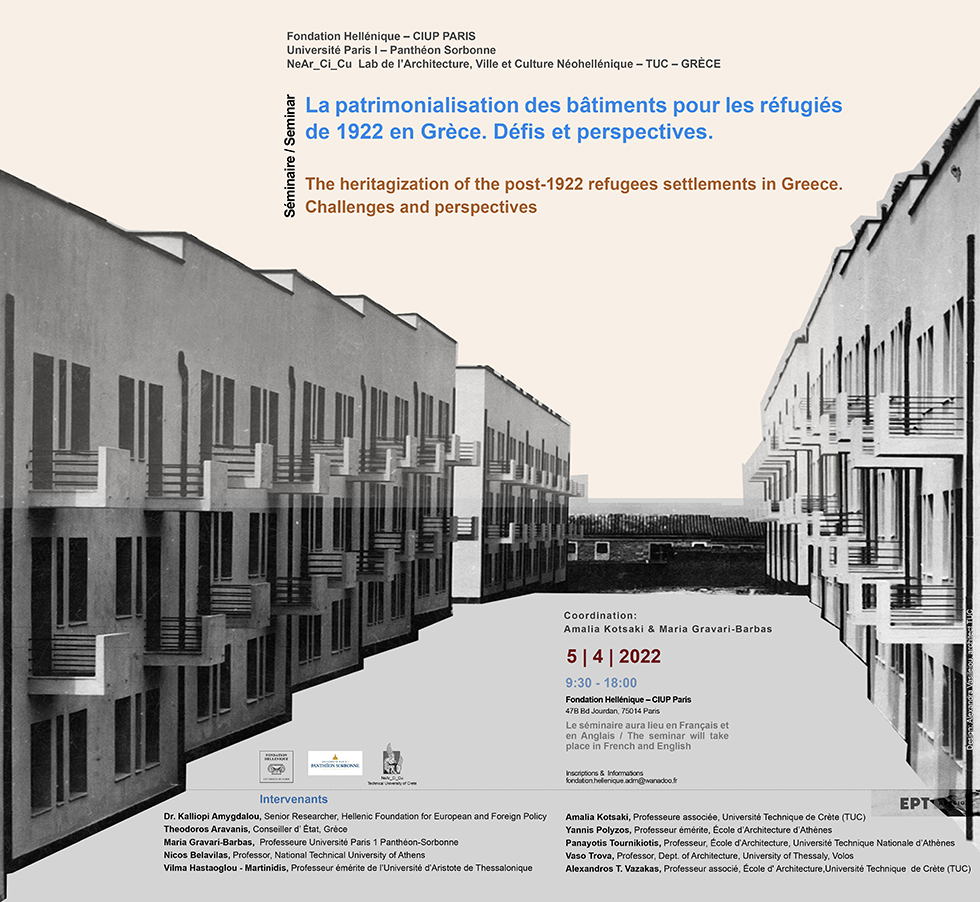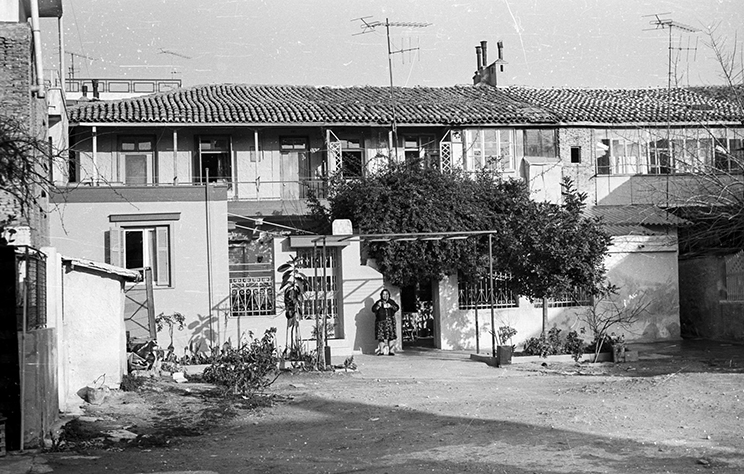
Abstracts > Nikos BELAVILAS_The valuable imprint of refugee settlement in contemporary Piraeus
Nikos Belavilas Professor, Director of Urban Environment Laboratory, National Technical University of Athens The port of Piraeus was the main location where the refugee flood was received. Not only in 1922, but from 1906 until the end of the 1920s a huge number passed through and more than 100,000 remained forever. They were housed in dozens of large and small new settlements. The shape of the city changed. Its area has been doubled and a "parallel city" with its own social and cultural identity was developed. That idiom of the northern and western refugee districts of Piraeus survived. It was strengthened and transformed during the critical period of World War II and the Civil War. From the huge building project implemented for the housing of refugees, a large stock of buildings is preserved in the central areas of Piraeus. This architectural heritage has survived along with the memories of the catastrophe and what the new residents brought with them from their previous homelands. |
| Online user: 2 | Privacy |

|

